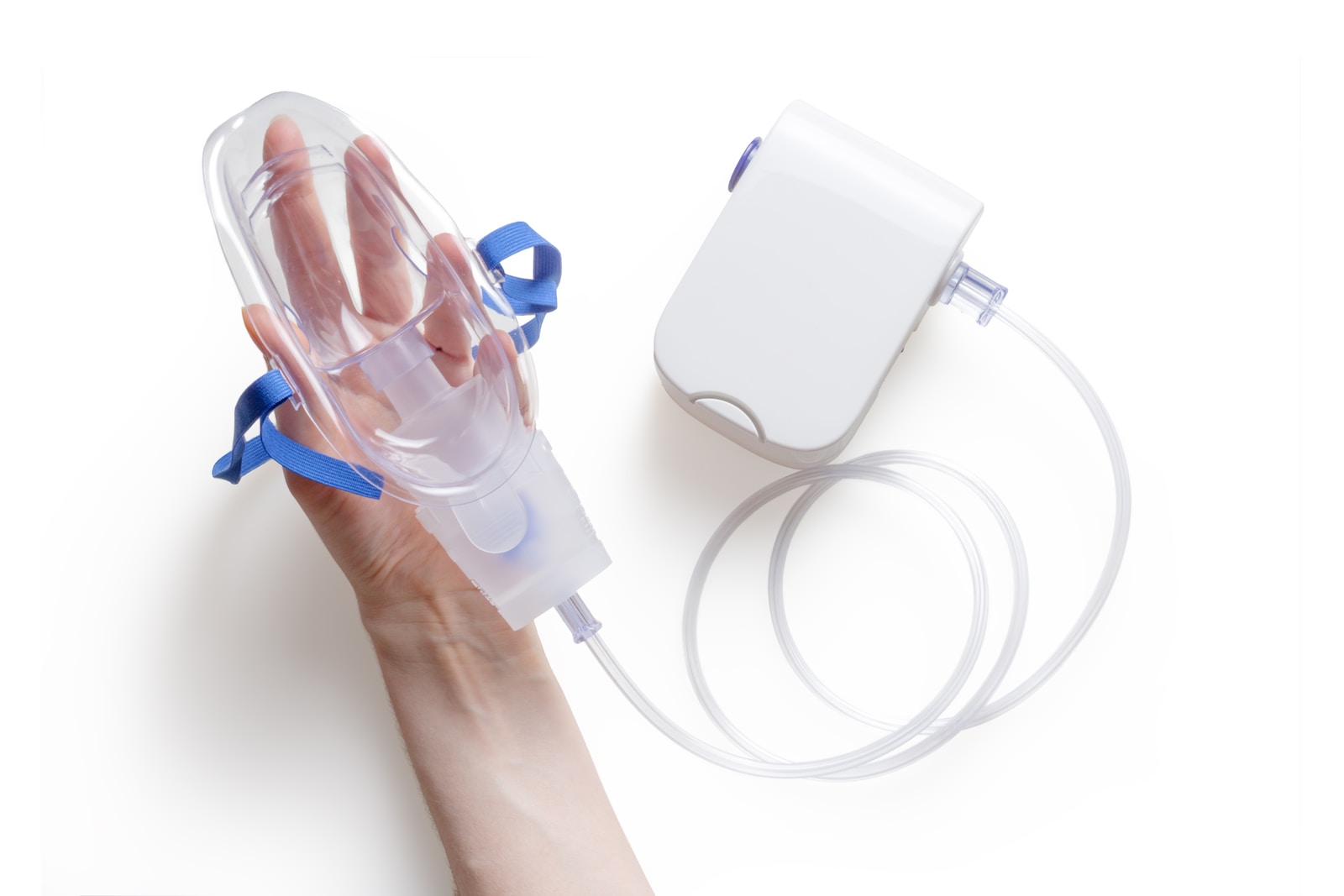Oxygen is the lifeblood of our body’s functionality, supplying the vital element to every cell, ensuring their survival and optimal operation. A major concern arises when the body’s oxygen saturation drops to dangerous levels, posing the question, how low can your oxygen level go before you die?
The Essence of Oxygen
Comprising 65% of the human body and 20% of Earth’s atmosphere, oxygen is a life-sustaining element. Every breath we take, every heartbeat, relies on the rhythm of oxygen delivery. When inhaled, oxygen enters the lungs, attaches itself to red blood cells, and is subsequently transported to every living cell within the body. Here, cells utilize oxygen molecules for energy production and survival. Without a constant oxygen supply, cells perish, leading to organ failure and eventually, death.
The Peril of Hypoxemia
The body meticulously regulates the amount of oxygen in the blood, ensuring neither an excess nor deficiency. An imbalance, specifically a decrease in blood oxygen levels, is known as hypoxemia. This condition can lead to hypoxia, wherein the body’s tissues and organs lack the necessary oxygen to function correctly. Hypoxia is a direct consequence of hypoxemia and poses a significant threat to life.
Measuring Blood Oxygen Levels
Medical practitioners employ two primary tests to gauge blood oxygen levels.
Arterial Blood Gas (ABG) Test
An ABG test is considered the gold standard for assessing blood oxygen levels. This method involves drawing oxygenated blood from an artery, often in the wrist. The procedure may cause discomfort due to the arteries’ depth, but the accuracy of the results is unparalleled.
Pulse Oximetry
A more common, non-invasive method is pulse oximetry. This process uses a pulse oximeter, a small device clipped onto an external body part like the finger, earlobe or toe. The device employs ultraviolet light to measure the oxygen in the capillaries, providing results quickly and painlessly.
Normal Versus Low Blood Oxygen Levels
The standard range for an arterial blood gas (ABG) test is 75 – 100 millimeters of mercury (mmHg) or 95% – 100% for an O2 saturation using pulse oximetry. Any results below these thresholds indicate hypoxemia.
Critical Threshold: Blood Oxygen Level Drops to 60
A critically low oxygen level is when the PaO2 reading from an ABG test falls below 60 mmHg. In such scenarios, the patient typically requires supplemental oxygen therapy to boost their oxygen levels.
Symptoms of Low Blood Oxygen Levels
Low oxygen levels in the blood can manifest as various symptoms, including headaches, rapid breathing, chest pain, dizziness, and confusion. More severe cases can lead to cyanosis, where the skin and membranes turn blue, indicating a dangerously low blood oxygen level requiring immediate medical attention.
Causes of Low Blood Oxygen Levels
Numerous environmental and medical conditions can lead to hypoxemia, or low oxygen levels.
Environmental Conditions
High altitudes, where the atmospheric oxygen content is significantly reduced, can limit the body’s oxygen supply, causing hypoxemia.
Hypoventilation
Breathing too slowly or too shallowly, termed hypoventilation, can lead to low oxygen saturation. Conditions causing hypoventilation include Guillain-Barre syndrome, spinal injuries, brain injuries, collapsed lung, and sleep apnea.
Lung Diseases
Diseases that hinder the lungs’ oxygen intake and transfer to the blood, such as COPD, pneumonia, cystic fibrosis, acute respiratory distress syndrome, and pulmonary edema, can cause hypoxemia. Any other lung disease can reduce oxygen saturation level.
Circulatory Disorders
Conditions affecting the circulatory system, like heart failure, heart and blood vessel deformations, and pulmonary embolism, can result in hypoxemia.
Anemia
A reduced number of red blood cells carrying oxygen throughout the body, known as anemia, can lower blood oxygen levels.
When to Consult a Doctor
Low blood oxygen levels can have severe health implications. Seek immediate medical attention if you experience severe and sudden shortness of breath, shortness of breath at rest, severe shortness of breath that worsens during exercise, or sudden awakenings with a choking sensation.
Treatment for Low Blood Oxygen Levels
Treatment options for low blood oxygen levels primarily aim to raise the oxygen saturation in the blood. Depending on the severity of the condition, the doctor may prescribe supplemental oxygen therapy. Lifestyle modifications like quitting smoking, avoiding secondhand smoke, maintaining a nutritious diet, and exercising regularly can also aid in managing hypoxemia.
Monitoring and Management of Hypoxemia
In the case of chronic conditions causing hypoxemia, regular and ongoing blood oxygen monitoring is essential. Proper management of the underlying condition is critical.
Seeking Assistance
When your blood oxygen levels drop dangerously low, professional healthcare assistance becomes necessary. For instance, Centric Healthcare offers services such as private duty nurses who can attend to your medical needs at home. These services can assist in the treatment of hypoxemia by providing respiratory treatments, administering treatments and medications, and aiding in blood oxygen saturation measurements using a pulse oximeter.






